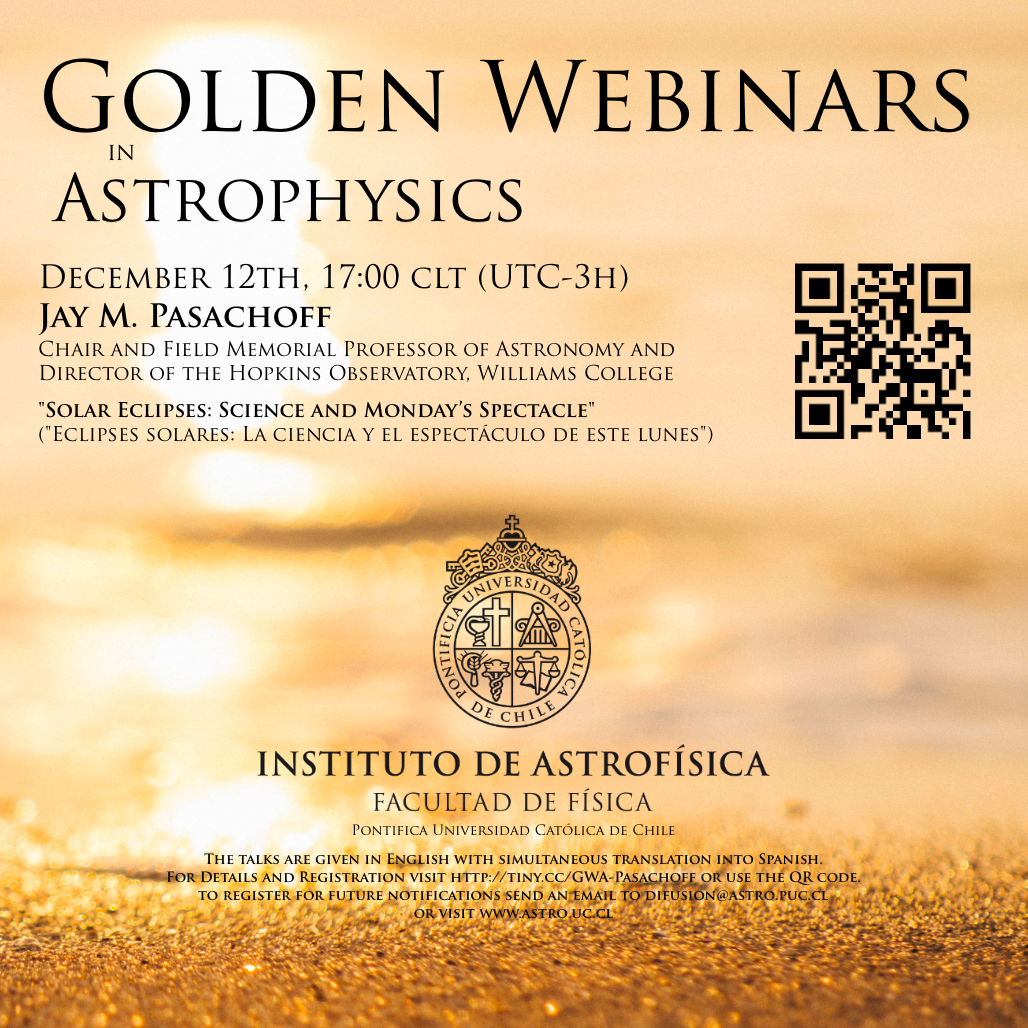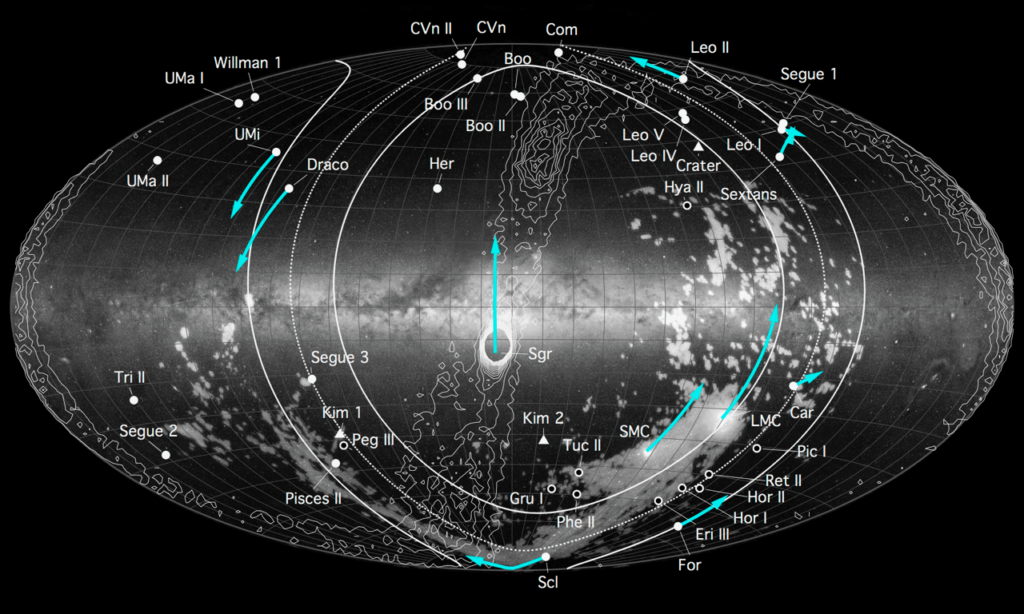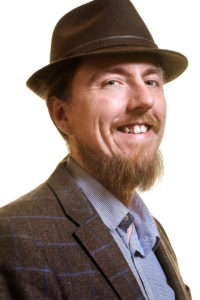Jay Pasachoff – Golden Webinars in Astrophysics
Posted on by RezaSat Dec 12th 2020, 12:00pm PST
Zoom Registration Link: http://tiny.cc/GWA-Pasachoff

Views: 2
Sat Dec 12th 2020, 12:00pm PST
Zoom Registration Link: http://tiny.cc/GWA-Pasachoff

Views: 2
Catch the shooting stars of the last major meteor shower of the year, the Ursids, when it peaks between the night of December 21 and 22, 2020.
Views: 1
At 5:30am, the Earth will reach its perihelion—the point on its orbit that is closest to the Sun.
Views: 2
Catch the shooting stars of the last major meteor shower of the year, the Ursids, when it peaks between the night of December 21 and 22, 2020.
Views: 2
OCA’s Annual Officers and Trustees Election Has Begun
Electronic Voting for OCA club officers and trustees is under way. By the time you see this message, each eligible member should have received an email from the club with their voting credentials and a link to our electronic voting site.
If you have not received such an email, please check you spam folder to see if it was accidentally trashed. If our mailing missed you, it is likely that you are now using a different email address than we have on record. If you wish to vote electronically and did not get an email, send a message to John Hoot with your name and the email address you wish to be associated with your membership. We will update your membership record and send you out a voting link.
Voting by mail remains an option. A ballot will be included in you December newsletter. The election ends at midnight January 8, 2021. Voting both electronically and by mail will invalidate your vote.
Views: 2
This December 21st, on the winter solstice, Jupiter and Saturn will be their “closest” in 800 years. Not since the Middle Ages has this close encounter between these two planets occurred. The event will occur 45 minutes after sunset in the southwest and will result in a spectacular view! Get out your cameras!!
Views: 2
Views: 2
This event is free and open to public; to attend please register using the zoom.us link on the box above.
This session of the Beginners Astronomy Class covers the science behind the telescope.
How do our eyes actually perceive objects we see in the telescope and what is the physics that allows that perception.
For details, please visit here and download the sample information PDF package.
Views: 0
This is an online event, to attend please register with zoom using the link on the box above.

Major galaxies, such as our cosmic home the Milky Way, the nearby Andromeda galaxy, or Centaurus A, are surrounded by swarms of smaller dwarf satellite galaxies. Over the past 15 years, our knowledge of these satellite galaxies has exploded. The number of known Milky Way satellites has quadrupled, and highly precise measurements of their motions have provided unprecedented insights into their complex orbital dance. In my research, I investigate the distribution and motion of satellite galaxies to test our ideas of how the cosmos in general, and galaxies in particular, have formed and evolved. Our current leading model of cosmology was largely developed on cosmic scales, and implies that most of the mass in the Universe is dominated by unknown stuff: Dark Matter. Based on this cosmological model, computer simulations can nowadays follow the emergence and evolution of structure in model universes. These simulations predict the distribution and properties of galaxies down to the smallest scales (astronomically speaking). They predict a highly chaotic tangle of satellite galaxies. In contrast, my research finds that the observed situation resembles an ordered choreography: the satellite galaxies around the Milky Way, Andromeda, and Centaurus A are aligned along planes. Many satellites also move along these structures in a common direction. This finding poses a serious challenge to our model of cosmology – and might point at a fundamental misinterpretation of cosmic proportions.

My research is situated at the intersection of observations and cosmological simulations. I am most interested in testing our cosmological knowledge and our understanding of the properties and dynamics of dwarf galaxies with observations of nearby systems of satellite galaxies. After receiving my PhD from the University of Bonn in 2013, I moved to the United States for a postdoc position at Case Western Reserve University in Cleveland, Ohio. In 2016, I was awarded a NASA Hubble Fellowship to work at the University of California Irvine. At the end of 2018 I moved back to Germany to my current position as Schwarzschild Fellow at the Leibniz-Institute for Astrophysics in Potsdam.
Views: 2
Views: 2